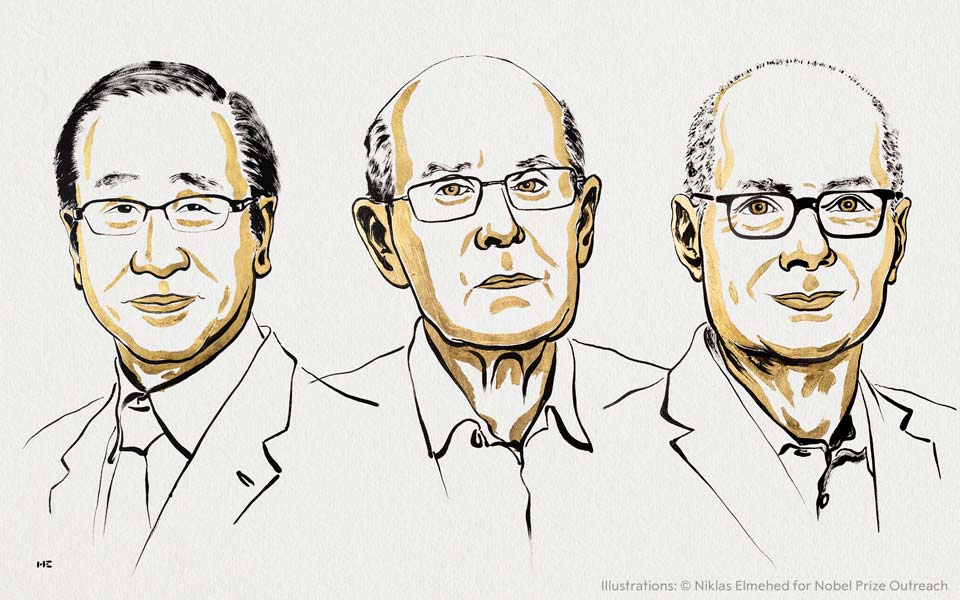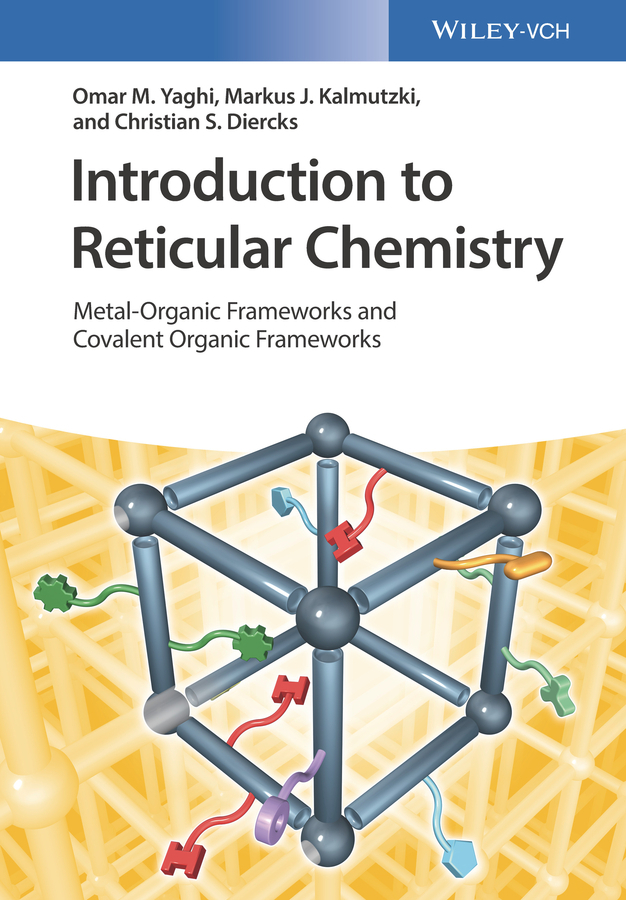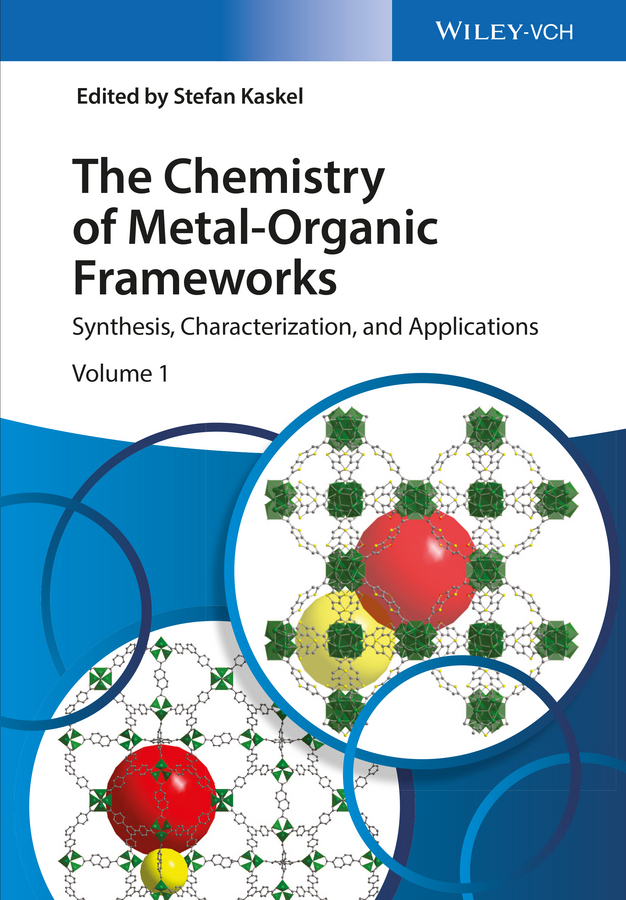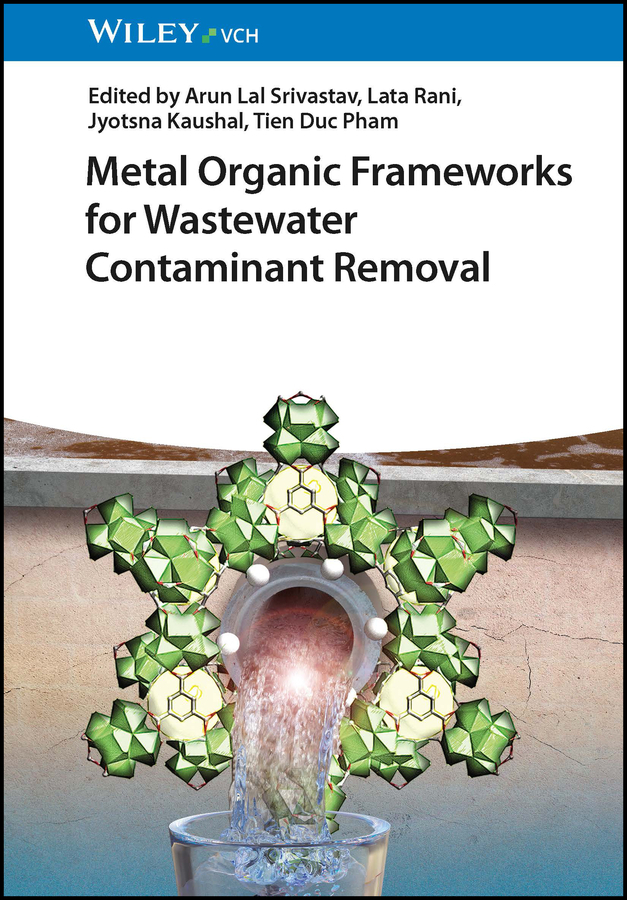
You have never heard of MOFs before? It’s high time to change that!
Three scientists, Susumu Kitagawa, Richard Robson, and Omar M. Yaghi have been awarded the 2025 Nobel Prize in Chemistry for their pioneering work on the “development of metal-organic frameworks (MOFs)”. These three visionary scientists have fundamentally transformed the understanding of molecular architecture for chemists and materials scientists and have opened up new possibilities for addressing global challenges such as clean air and water, and rising atmospheric carbon dioxide levels. MOFs are a new class of porous materials with exceptional properties. They are formed by joining positively charged metal ions or clusters with organic linkers (such as carboxylates and similar negatively charged molecules) through strong bonds, resulting in novel one-, two-, or three-dimensional structures that can form very stable crystals.

What makes these compounds special is that they have nanometer-sized pores that can trap molecules, and they also have an exceptionally high internal surface area. For example, just a few grams of MOF-5 can exhibit an internal surface area comparable to that of a football field. These remarkable properties have enabled new methods for the capture, handling and storage of chemical compounds, such as carbon dioxide capture, hydrogen storage, harvesting water from air, pollutant extraction from water, and targeted drug delivery.



